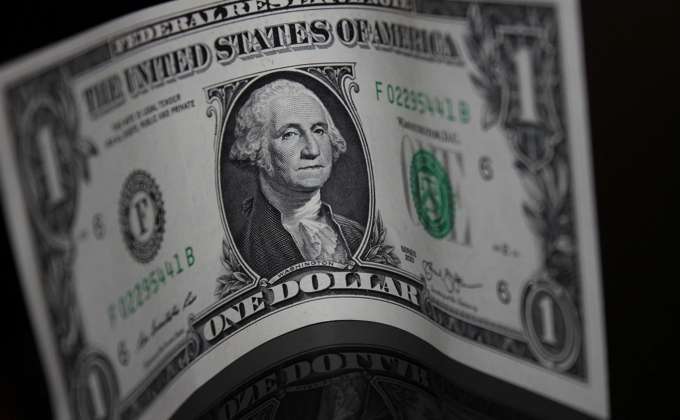Want to show customers how cost effective your product is? This Return on Investment Calculator will help you calculate your Return on Investment for a given purchase. This can become an extremely valuable sales tool to work through with customers to show the savings they will reap in return for their payment for your product.
Please note this Return on Investment calculator does not take multi-year returns into consideration.

Just a few things to keep in mind as you go through the calculator:
- The spreadsheet is built to be simple and flexible.
Since every business case is unique, it is meant to be a solid basis for any analysis, not a complete solution for every possible scenario.
Save a master copy so you always have one, make any changes you see fit for each analysis.
Input information in the blue areas.
An example is pre-populated, be sure to zero out the example before starting.
Return on Investment (ROI) vs Internal Rate of Return (IRR)
ROI is an increasingly popular buzzword. It is important to define ROI and also how it relates to IRR.
ROI is simply the percentage return on an investment or expenditure. If you invest $100 and receive $110 in return, the ROI is $10 or 10% in this case. The actual formula is ((Revenue or Cost Savings minus Investment Amount) divided by Investment Amount) x 100. In our example (($110-$100)/$100) x 100 = 10%
IRR is essentially the same thing; it is cash flow received over a period of time vs capital outlay. Excel has a function, which calculates IRR and is used in this ProForma.
VERY IMPORTANT
If the time period of the analysis is one year or less, IRR = ROI. Both calculations will yield the exact same result.
For time periods longer than one year, IRR is a more accurate measure as it takes into account these time periods (i.e. the time value of money) whereas a simple ROI calculation does not.
In our above example, if it takes you 2 years to get the $110, the return is 10% overall, but really is closer to 5% per year, which is a more accurate metric. In this scenario, IRR of $110 received evenly over 2 years ($55/yr) is 6.6%. Why is it not 5%? Because of the compounding and iterative assumptions an IRR takes into account. It is not essential you know the details, just that it takes into account the time period, or time value of money.
IRR will yield better results depending on the amount of cash flows throughout the time period. The sooner money comes in, the higher the IRR. Remember the above 6.6% IRR if we received $55/year each year for 2 years? If instead we received $0 in the first year and $110 all in the second year the IRR would drop to 4.9%. The larger the amount of payments and the earlier they occur, the better the IRR.
ONE FINAL CLARIFICATION
This proforma calculates IRR on the capital outlay only. ROI calculations may or may not take into account capital plus other expenses when calculating the ROI percentage. If you want to calculate ROI on all expenses, not just the capital outlay, place all expenses in the ‘Capital Expenditure’ line item and zero out all other expense categories. The IRR percentage will then equal the ROI percentage for all cost outlays. Or use the Simple ROI Calculator tab as an alternate.


